3D Printing: 10 Ways It Could Transform Space Travel
Building Space Stuff in 3D
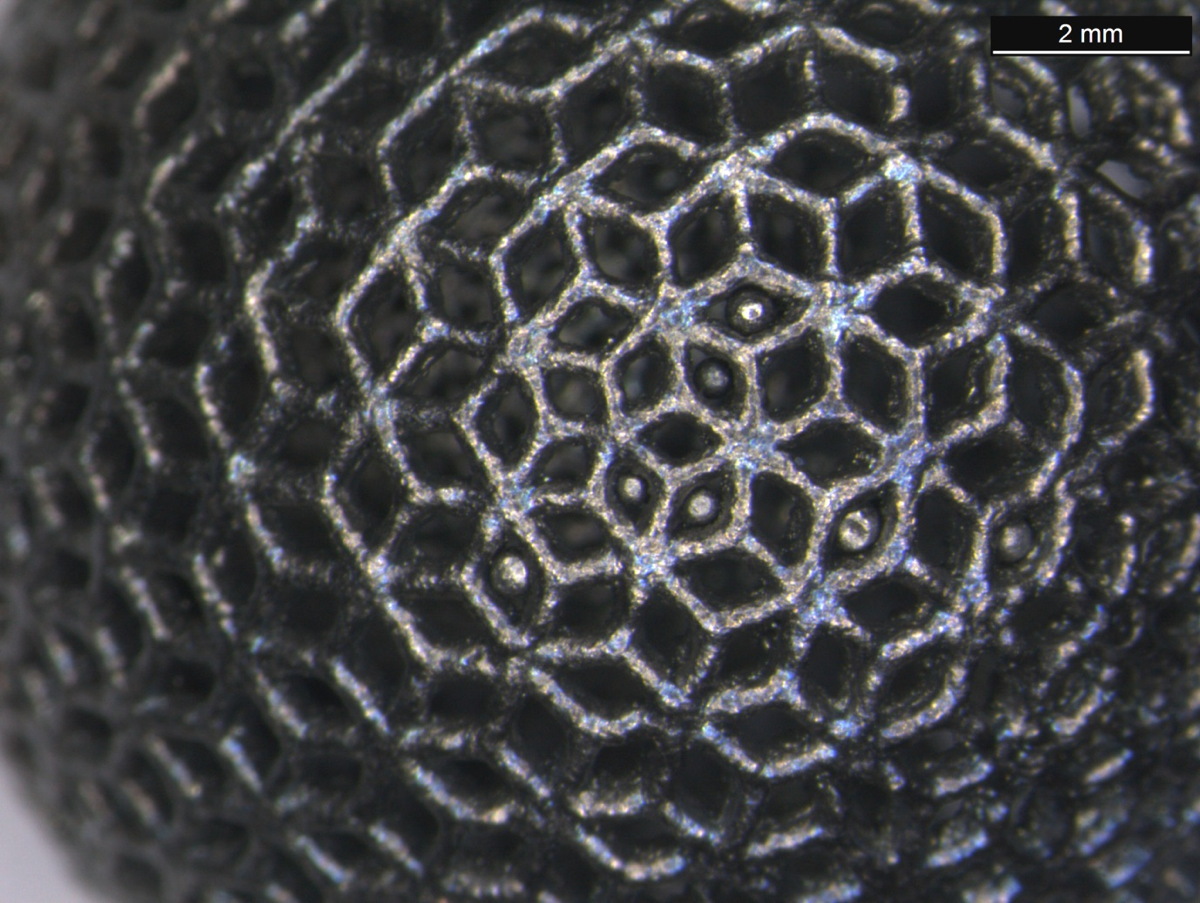
The future of space travel requires new technologies and additive manufacturing, more commonly known as 3D printing, may hold the key.
The European Space Agency is investigates how the 3D printers and 3D printing technology could transform everything we think about space missions. Here's a look at 10 ways 3D printing could change space travel, courtesy of ESA scientists.
FIRST STOP: The 'Impossible' Made Real
'Impossible' Items Made Possible
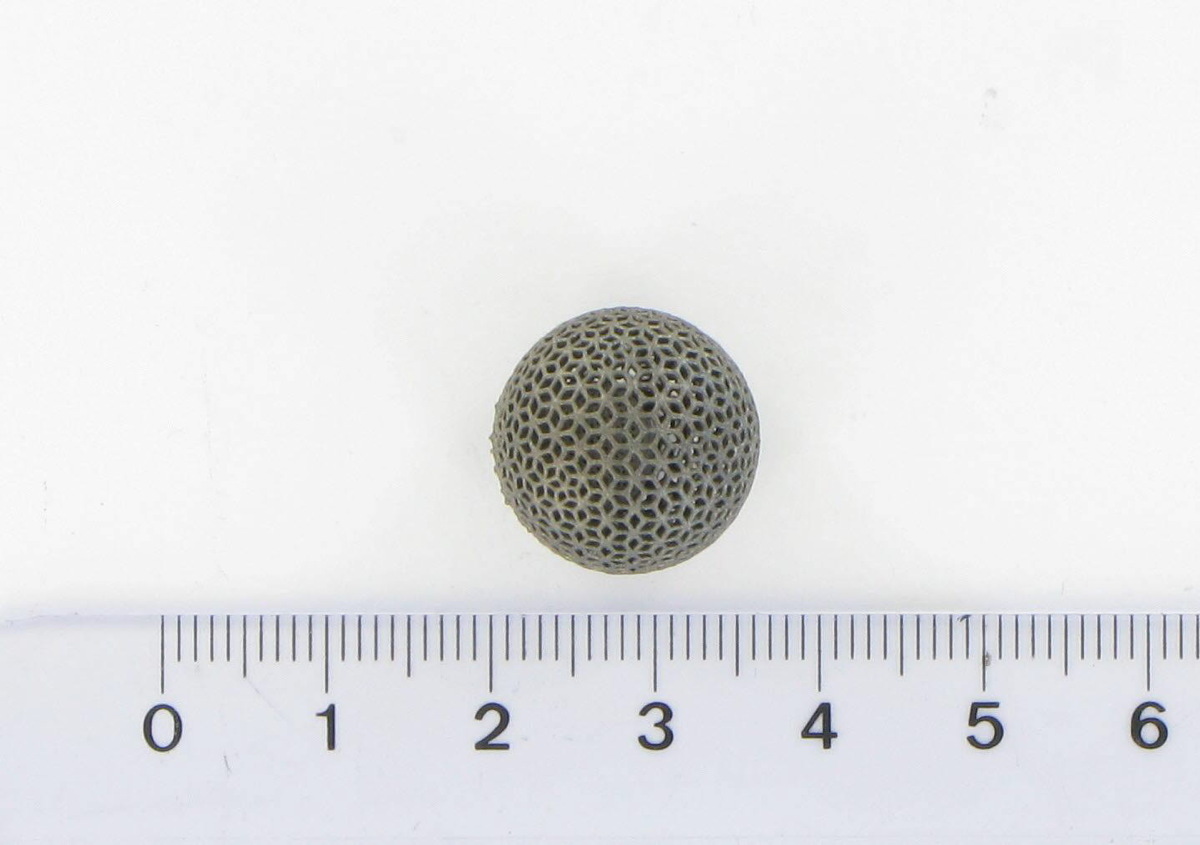
One big advantage of 3D printing is the tech's ability to manufacture hard-to-build items. For example, a 3D-printed titanium lattice ball like the one shown here has a hollow interior with a complex internal geometry.
"This design is a perfect example of additive manufacturing (AM)," ESA materials engineer Benoit Bonvoisin said in a statement. "These balls are hollow with a complex external geometry, making them incredibly light while remaining stiff. They simply could not have been manufactured in a single part, conventionally." [3D Printing In Space: A New Dimension (Photo Gallery)]
The lightness and stiffness of the ball makes it a good material for building structures like ultralight satellites. However, residue from the metallic beads used for cleaning of the 3d-printed object remains trapped inside, so the cleaning process needs refinement.
NEXT: Computer Designs See Real World Uses
Computer Designs Translated to the Real World
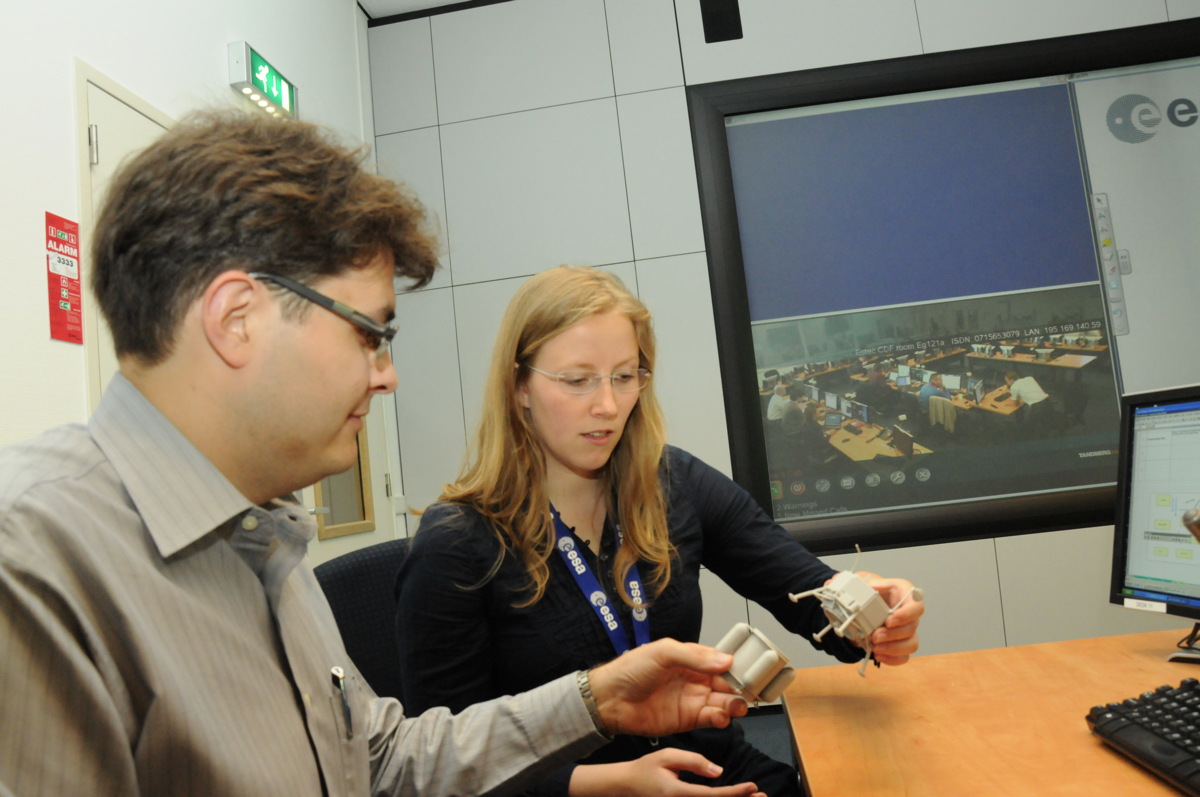
Designs created with a computer can spring to life using 3D printing. The process of "additive manufacturing" (AM) produces items by printing layers on top of each other, instead of the typical carving out of a single block done in "subtractive manufacturing." Creators can produce anything suitable for the printing process by designing in the computer, which then digitally slices the virtual model apart to plan its physical construction. The printing can utilize melting powder or wire materials, in plastic or metal.
NEXT: New Rules for Design
New Rules for Design
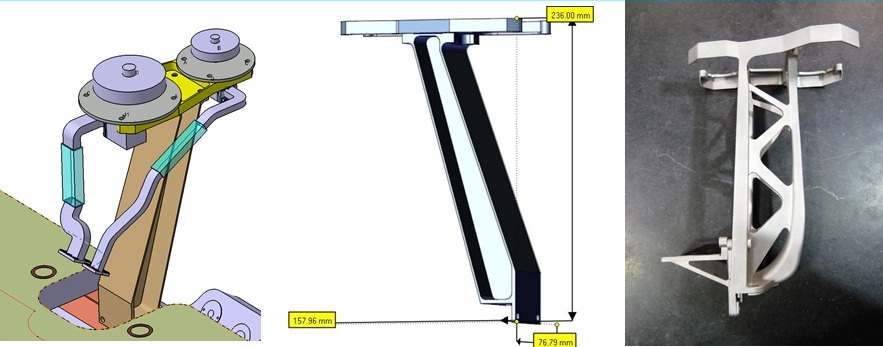
Additive manufacturing can turn the current rules for design on their heads. Traditional design rule often involve figuring out how to give a cutting tool to access to the bulk part, removing surplus material to reveal the final item, explained Laurent Pambaguian of ESA's Materials Technology Section. Additive manufacturing doesn't do away with all restrictions, but it allows people to move away from the traditional "design for manufacturing" mentality and replace it with "design for need."
NEXT: Low Volume=Low Overhead
Low Volume Means Low Overhead
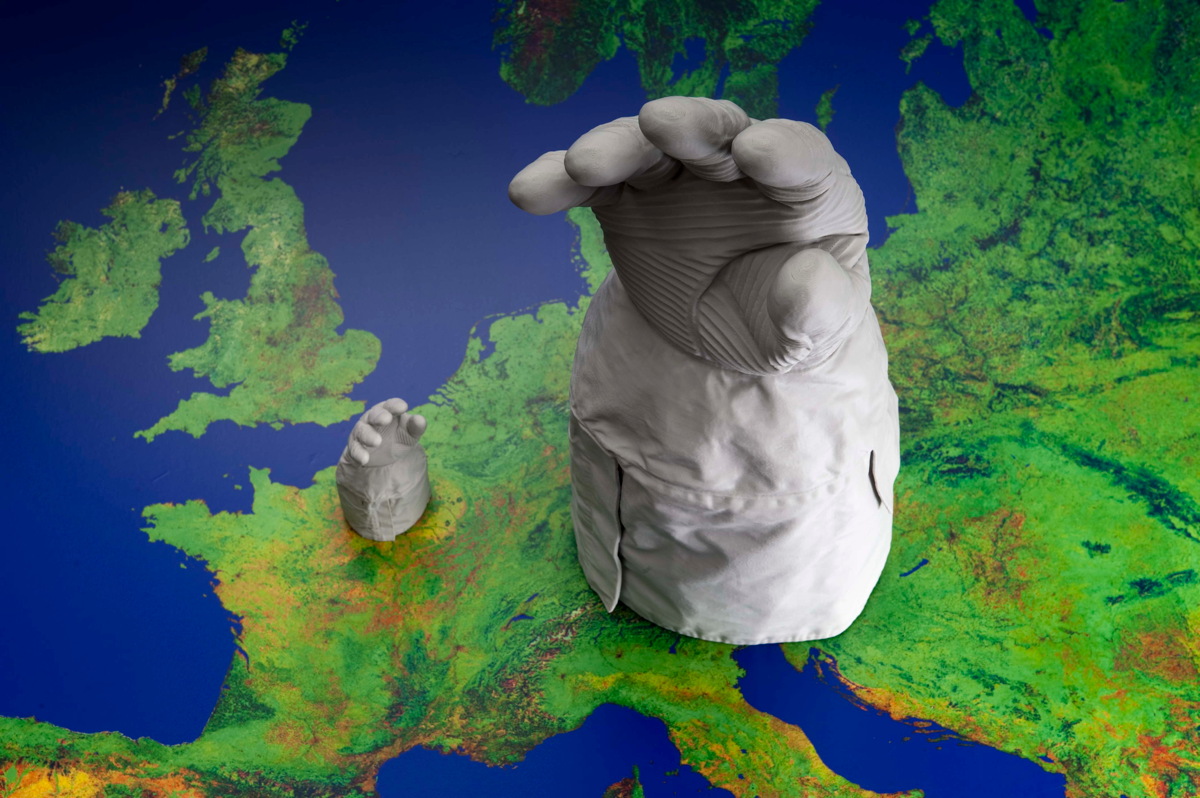
3D printing may help space exploration efforts overcome the traditional problem of needing only a relatively small amount of parts, but extremely well made. Often only a few pounds of material are needed, when the suppliers only provide it in tons. Other processes remain effectively out of reach, such as metallic injection molding. The cost of the mold might only be economically justified by the production of 100,000 units from the mold. Additive manufacturing could replace that unaffordable technology.
NEXT: Modelmaking Made Fast and Simple
Modelmaking – Fast and Simple
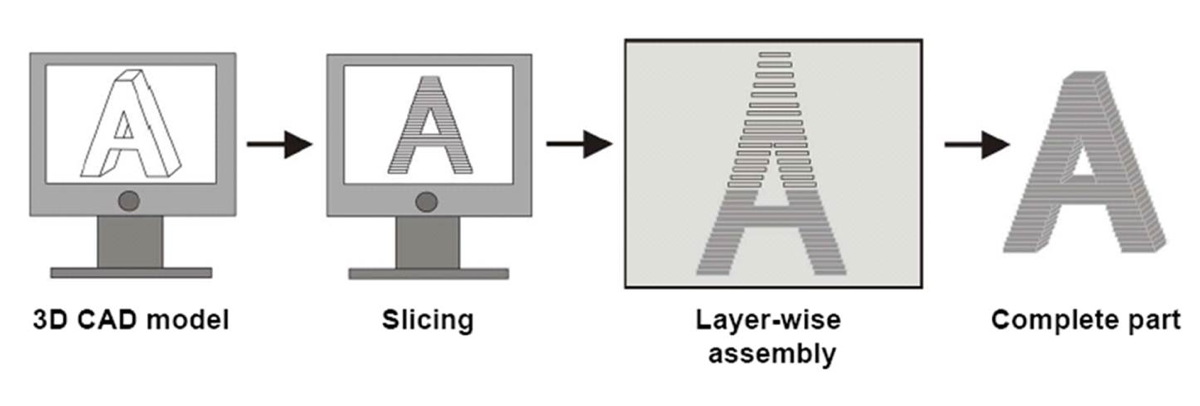
Additive manufacturing has entered the routine of ESA engineers already. The space agency's Concurrent Design Facility uses networked computer and multimedia tools to rapidly plot future space missions. With a plastic 3D printer in the mix, they can easily form a scale model of their virtual spaceships, made from the same plastic as used in Lego bricks. Other engineers have used metallic 3D-printed parts commissioned from outside firms to refit or repair full-scale equipment in the ESTEC Test Centre, Europe’s leading collection of spaceflight simulation facilities.
NEXT: Testing Gear in 3D
Test Items in 3D
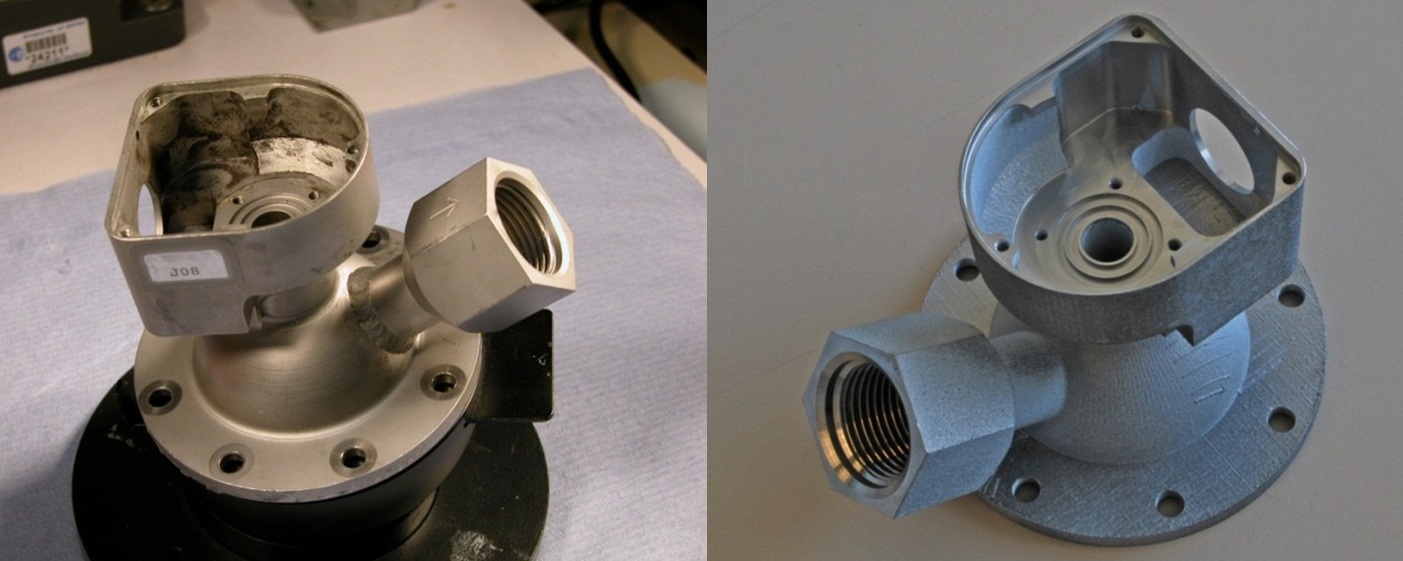
ESA materials engineers can gain confidence in 3D printing's ability to achieve the exacting quality levels needed for space missions by reproducing items that have already flown in space. The first item produced in 2009 was a titanium copy of a stainless steel "woov" (water on-off valve) flown on ESA's Columbus module of the International Space Station as a plumbing component. The woov contained both thick and thin walls, plus a weld. The 3D printed version allowed for removal of the weld, a weak point, and by changing the material reduced the item's mass by 40 percent.
NEXT: Other Possibilities Tested
Other Possibilities Tested
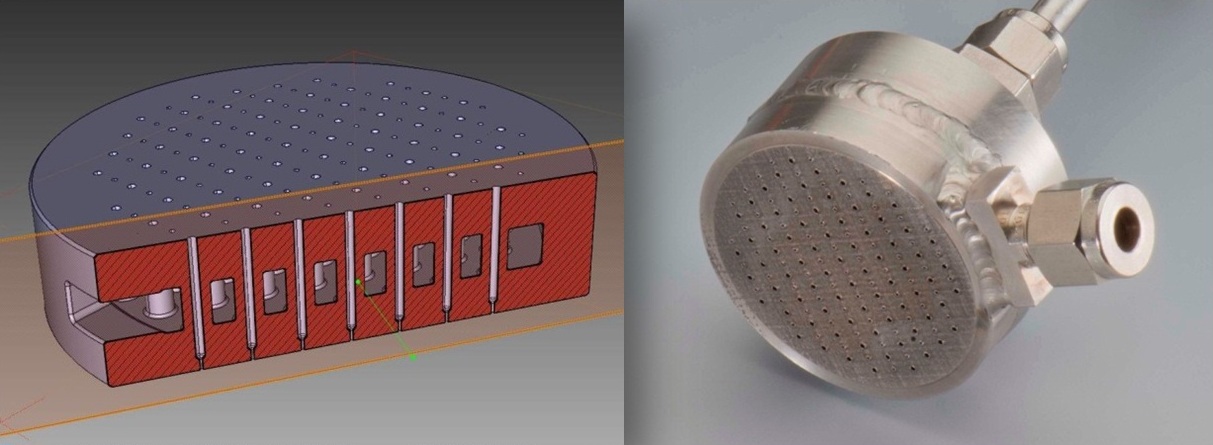
An antenna support strut had its mass reduced by 46 percent, while a radio-frequency filter possessing an internal silver coating – normally produced by bolting halves together – had 50 percent of its mass chopped out and its manufacturing time slashed down by several weeks. Its internal geometry grew wavier, as the silver coating required to optimize its radio-frequency performance proves far easier to apply than when dealing with sharp corners, showing another advantage of 3D printing.
Officials with ESA's Propulsion Engineering section have learned that 3D printing technology could provide a way of building the extremely complex shapes required by rocket nozzles and combustion chambers. A showerhead injector, with complex internal geometry and more than a hundred separate welds provided a challenge. For this item, the selective laser melting metal 3D printer technology must produce 150 micron-diameter holes studding the 25 mm-diameter showerhead, a seeming difficulty, but some suppliers report the capability to achieve this goal.
NEXT: Lightweight Lattices
Lattices for Lighter Weight
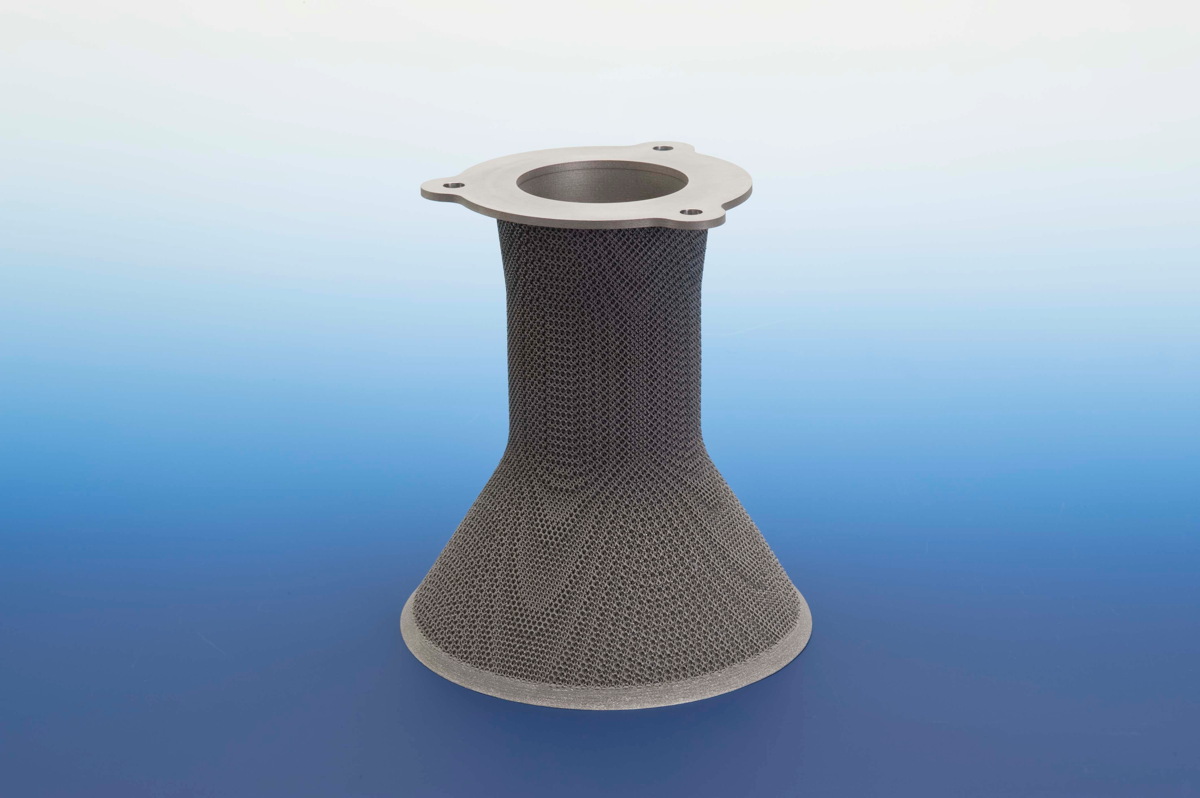
The kind of honeycombed lattices seen in the titanium balls can help reduce the mass and cost of rocket chambers and nozzles. These lattices can also improve thermal resilience, vital for engines that can rise to 4,500 degrees Fahrenheit (2,500 degrees Celsius).
Lattices provide vastly increased surface area compared to solid items, allowing for more radiative cooling. Similar 3D-printed lattices could serve as more durable thruster catalyst beds, or "propellant management devices" that sit inside propulsion tanks and act like sponges to prevent bubbles and keep thruster performance steady.
NEXT: Small Steps into Space
Small Steps to Space First
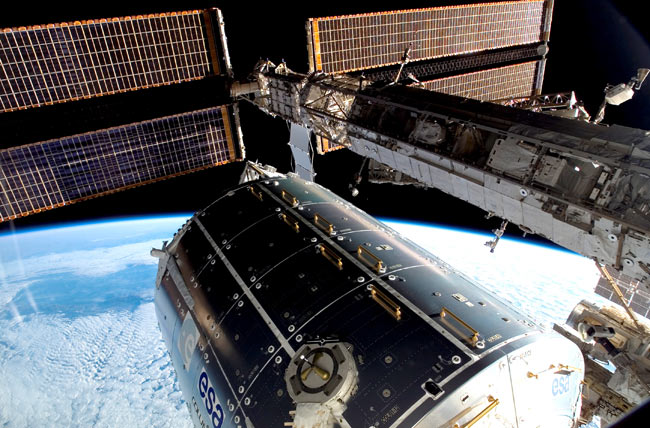
Routine use of 3d-printed parts in space remains a thing of the future. Problems of material post-processing, surface coating and ensuring necessary precision geometries still need solutions. Also, these parts require new qualification standards.
A few 3D-printed parts have made it up to orbit including a 3D-printed plastic toolbox flown up to the Columbus module of the International Space Station last year. NASA plans to fly a 3D-printing machine for plastics to the station.
ESA and the European Commission have embarked on a project to perfect the printing of space-quality metal components, entitled The AMAZE project – Additive Manufacturing Aiming Towards Zero Waste & Efficient Production of High-Tech Metal Products.
NEXT: Future Visions for Space
Future Visions for Space
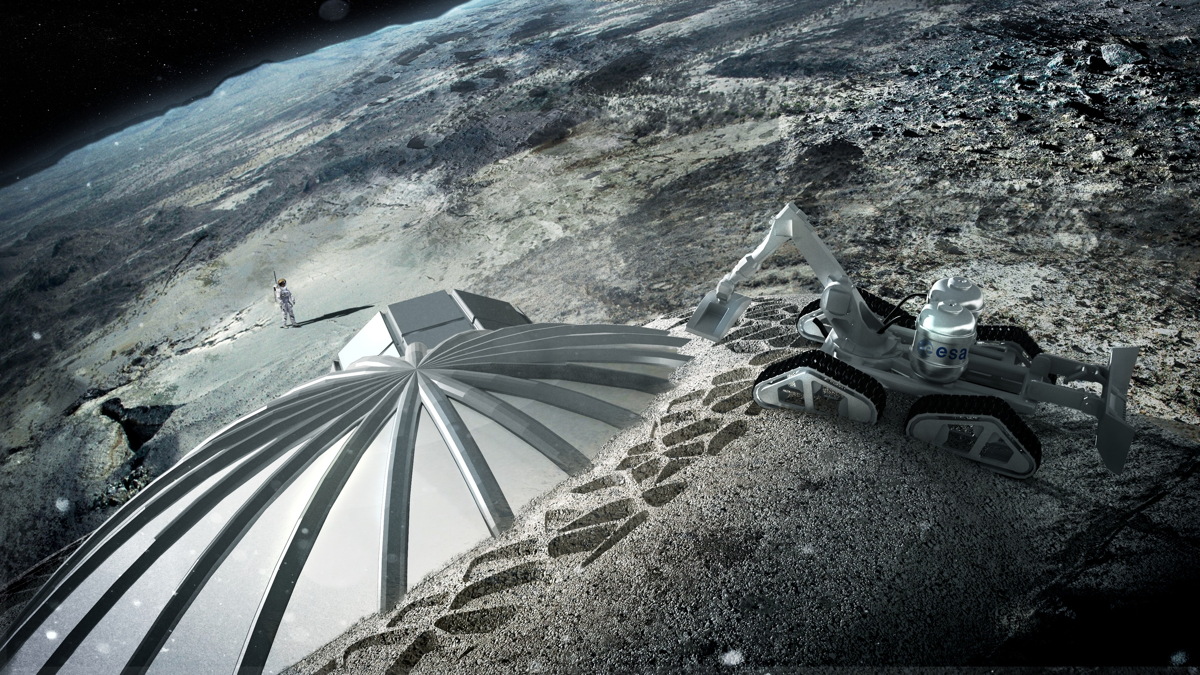
Additive manufacturing might transform space missions radically from its current state today. One ESA project to design a lunar base using 3D-printed moon rock demonstrates this incredible potential. Manned missions could carry a 3D printer to maintain full functionality on long-duration flights very distant from Earth.
Astronauts could use 3D printers to replace broken items, ESA officials said. The space agency has validated this approach by manufacturing and functionally testing parts that need repair during past manned missions, including screws, clamps and even plastic gloves.
Satellites could self-print new subsystems to provide new capabilities. Delicate parts could be manufactured on-orbit, avoiding the need to design parts to withstand the stresses of launch. Even down on Earth, many possibilities arise from the use of 3D, particularly in dramatically reducing the energy and mass needed for manufacturing, and shrinking the space industry's environmental footprint, according to ESA.
More Resources:
3D Printing In Space: 21st Century Space Manufacturing and Technology
3D-Printing a Future Moon Base (Gallery)
3D Printing Photos: Europe's Project AMAZE for Space Travel
Join our Space Forums to keep talking space on the latest missions, night sky and more! And if you have a news tip, correction or comment, let us know at: community@space.com.
Get the Space.com Newsletter
Breaking space news, the latest updates on rocket launches, skywatching events and more!

